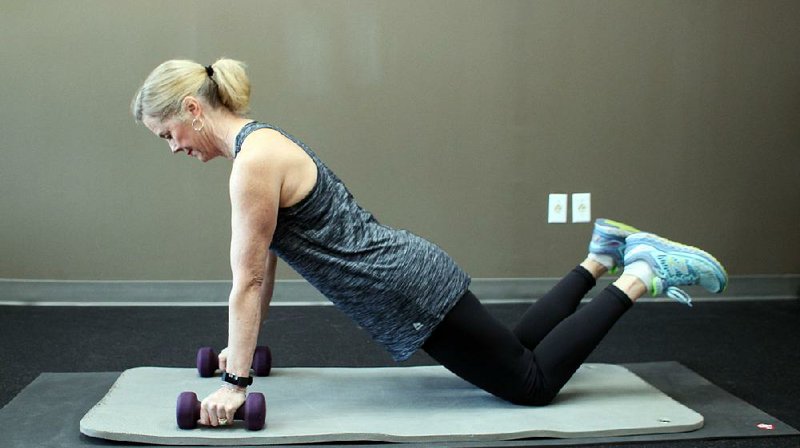In my view, all strength training exercises fall along a "power continuum" that ranges from delicate to explosive. Exercises on the delicate end of the spectrum require precision, patience and coordination. Conversely, exercises such as the Barbell Clean require speed, power and brute strength.
In this week's column, we explore ways to modify traditional movements to change where they fall on the power continuum and thus alter the benefits received.
In my experience, most strength trainers perform all of their exercises at the same speed. Whether they are doing a bench press or a squat, people tend to develop a cadence that makes them comfortable.
Curiously, I often notice that repetition speed matches how the individual moves in general. If a client saunters along, his repetition speed will be slower than that of a fidgety client. The point is that it's important to examine repetition speed alteration as a means of improving workout performance.
Nearly any exercise can be modified to become more or less explosive. The key is to understand when, why and how to effectively change repetition speed to get the results desired.
This week's featured exercise, the Ranger Pushup Hold, gives us a perfect example to work with. You might recognize it, because I've written about it in the past. In that column, my prescription included a "hold" in between pushup repetitions -- which were assigned to be performed at a "controlled" speed.
The reason I prescribed a controlled speed was to ensure consistent muscular tension throughout the repetition. This is perfect for someone looking to build upper body strength and endurance.
But today, let's assume the individual's goal is to build upper body power and "explosion" strength. Football players, tennis players and other types of athletes often have this goal. To adapt the Ranger Pushup Hold to the different goal, we can keep the hold in between repetitions, but do the repetitions faster -- in less than one second.
Here's a slightly altered description of the Ranger Pushup Hold that includes a more explosive movement pattern.
1. Select a pair of dumbbells. Position the dumbbells at shoulder width and place one hand on each of them. Get your body in the "up" phase of a pushup.
2. Quickly lower your body by bending the elbows and shoulders until the chest is below the level of the dumbbells.
3. Quickly press back up until your arms are at full extension. The entire repetition should take approximately one second (or less).
4. As you reach this point, lift the left dumbbell about 3 inches off the floor and hold for 2 seconds.
5. Place it back down and move right into the next pushup.
6. Continue this pattern while alternating dumbbell lifts with each repetition.
7. Perform two sets of 20.
As repetition speed increases, the time under contraction decreases, and so the exercise might feel easier and less strenuous. And that might make you sad. If that happens, simply increase the number of repetitions -- unless you've already switched to a heavier dumbbell to increase the resistance.
Assuming resistance stayed the same, you'll want to add a few more repetitions to get the proper fatigue.
So today, I've increased the repetition count from 12 to 20 -- for a little extra fun. Enjoy!
Matt Parrott has a doctorate in education (sport studies) and a master's in kinesiology and is certified by the American College of Sports Medicine.
vballtop@aol.com
ActiveStyle on 01/15/2018



